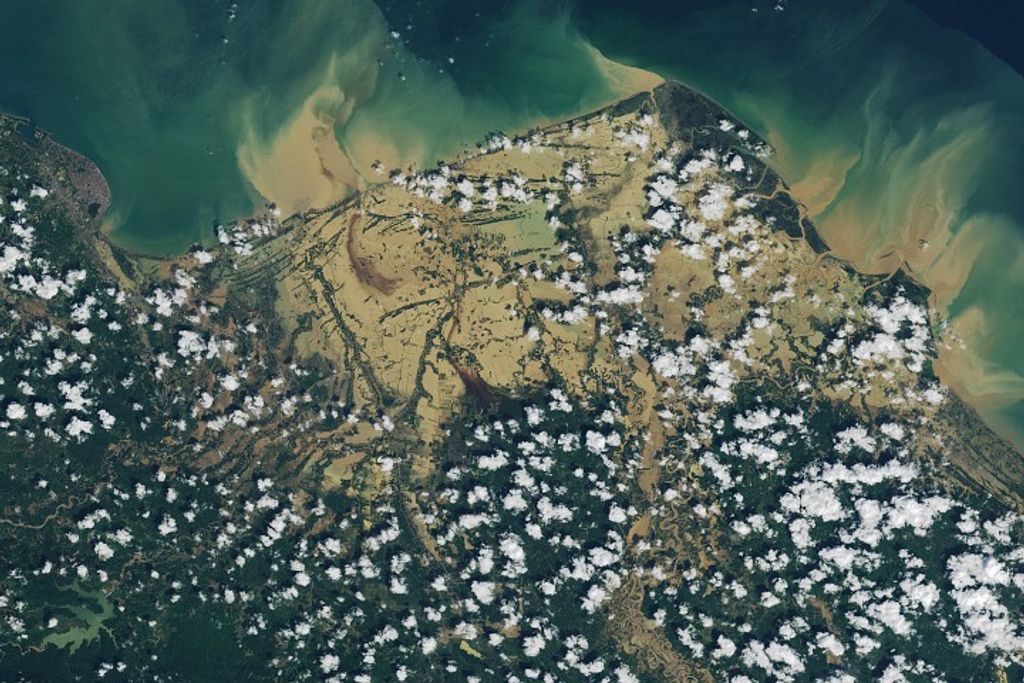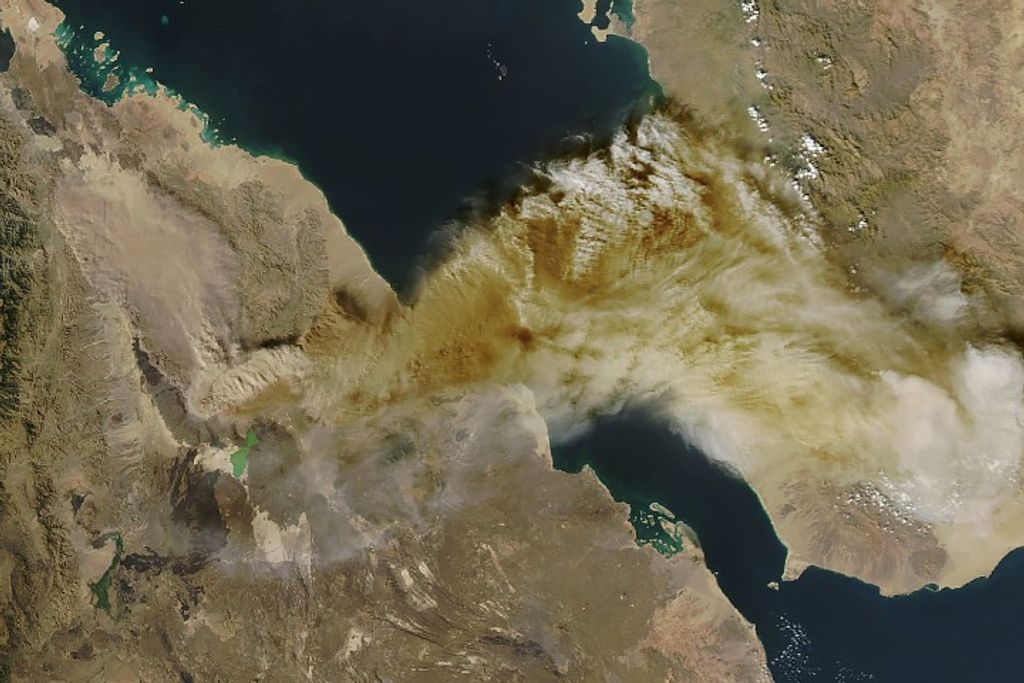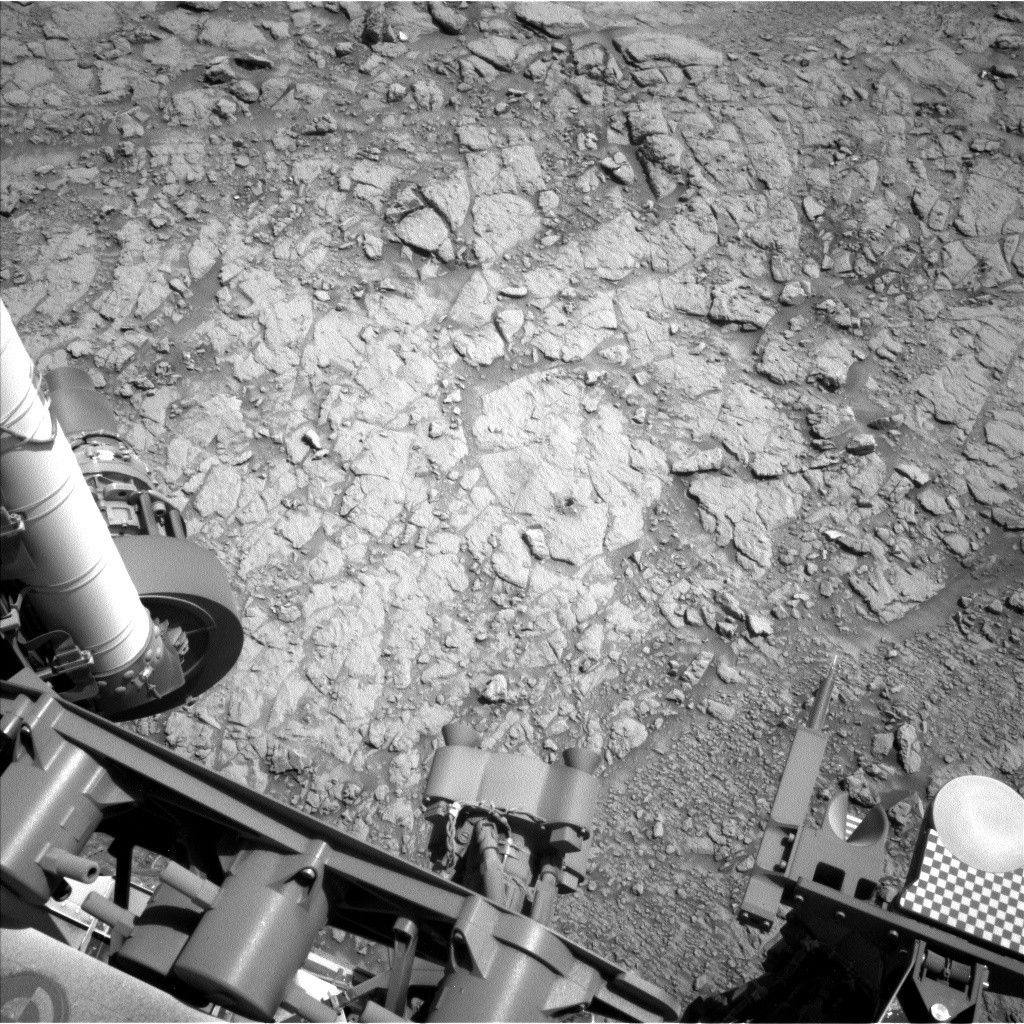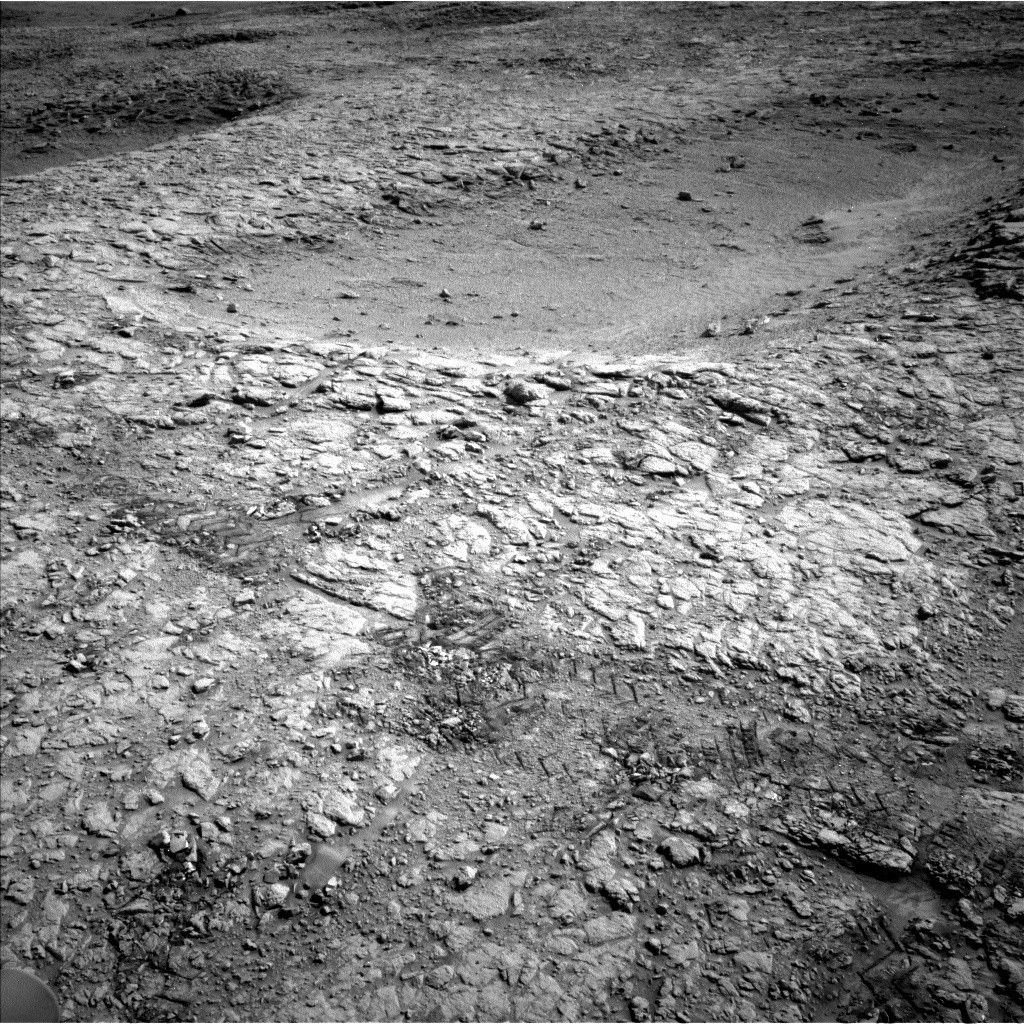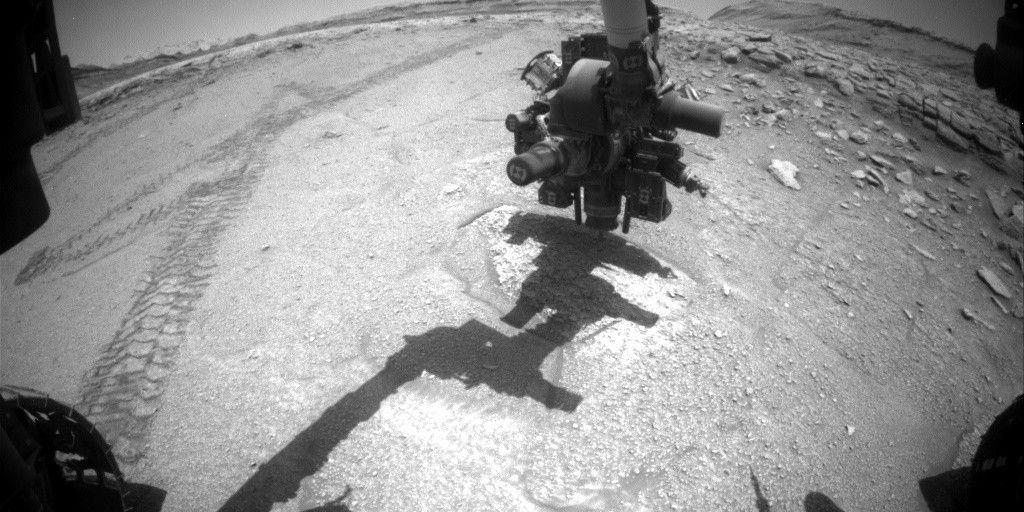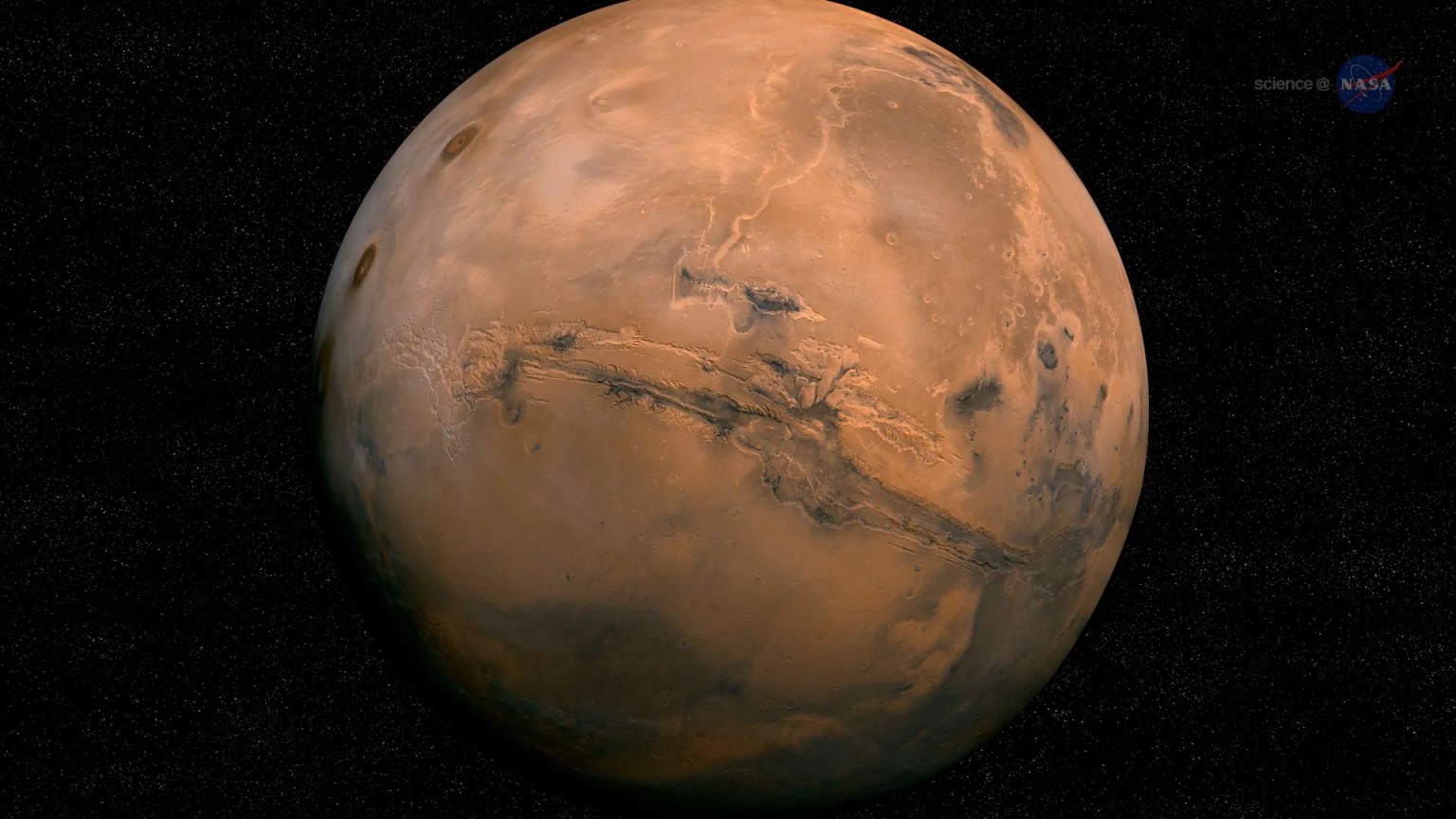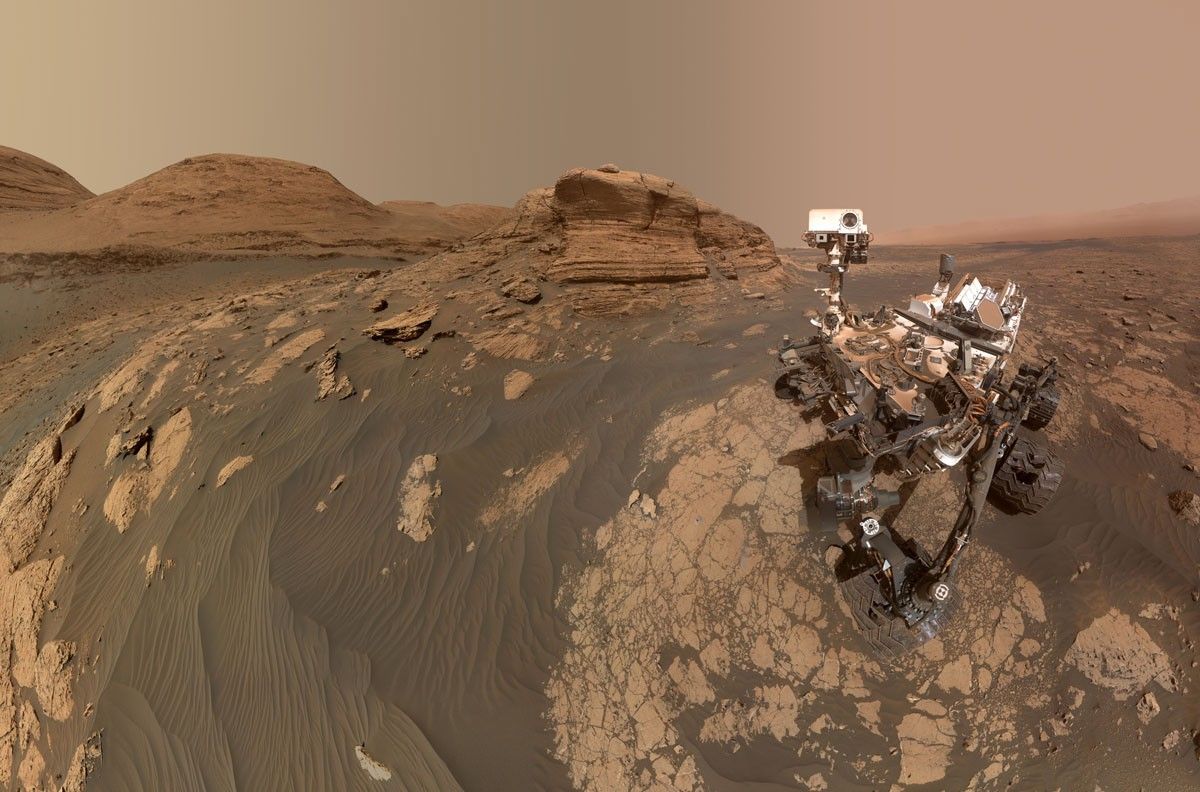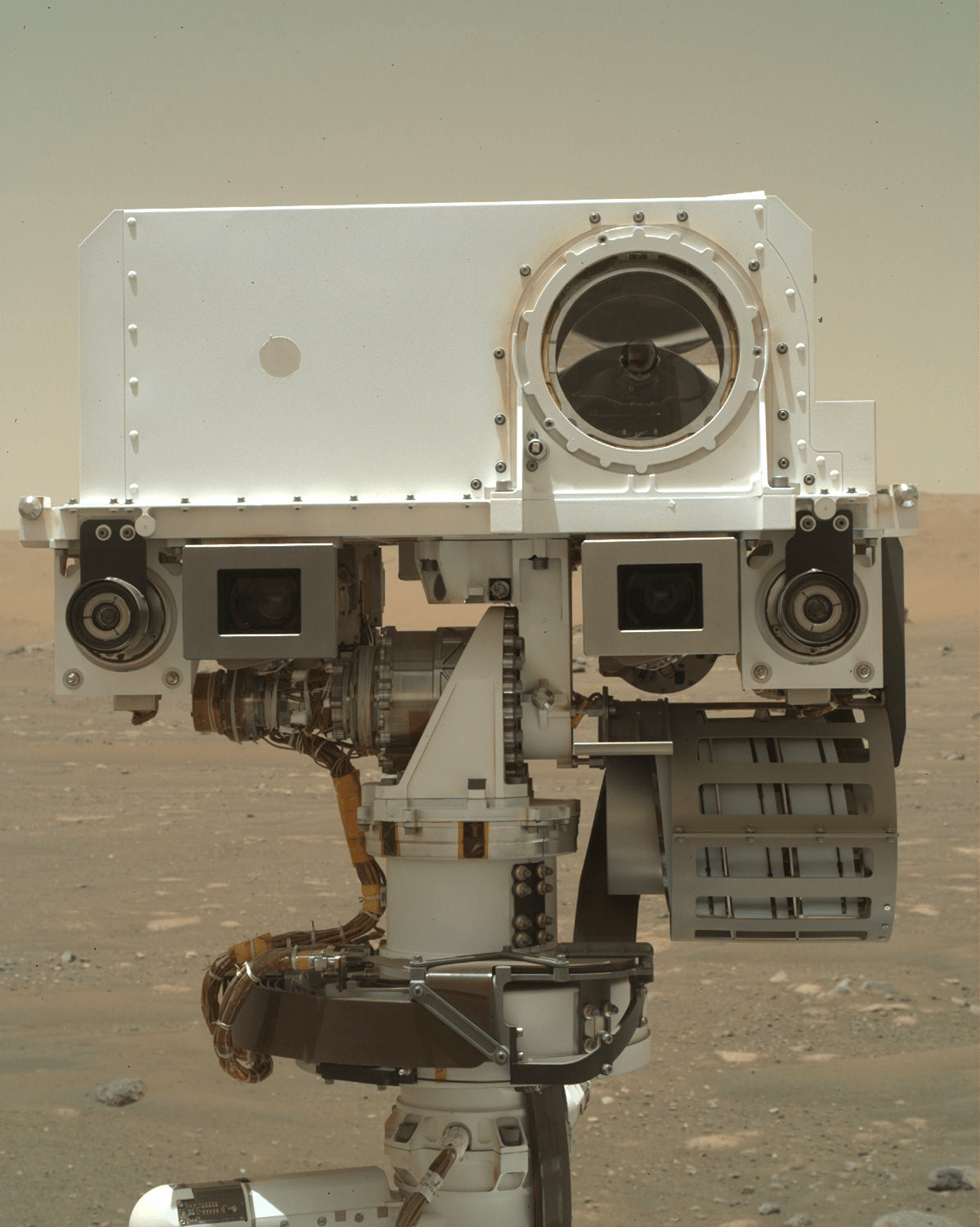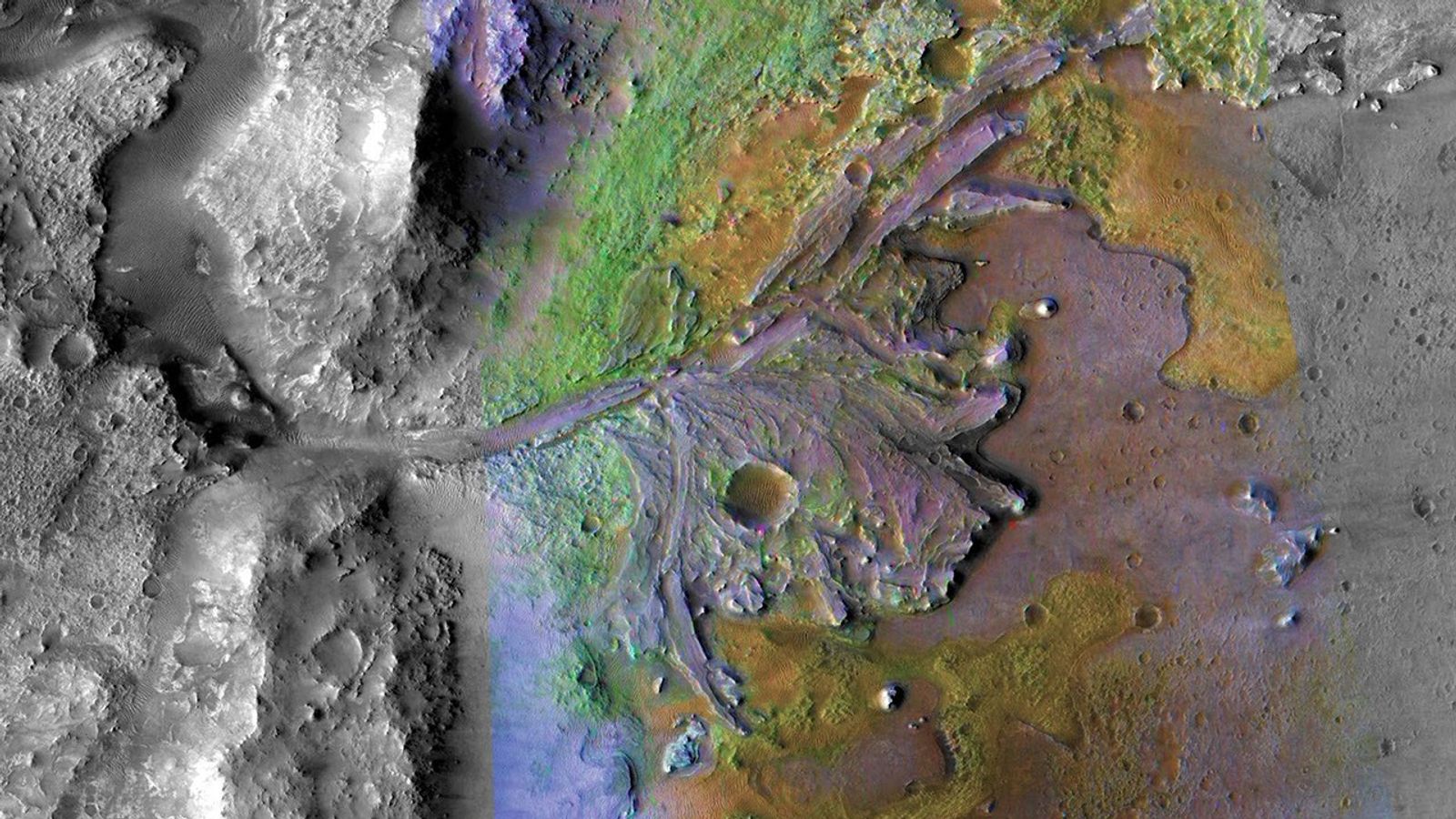
Perseverance’s drives over the last few weeks have doubled back several times. Why such an unconventional route? Team scientists have been delighted to find new kinds of rocks that could be the oldest ever found on Mars and are eager to collect samples.
Perseverance embarked on the Crater Rim Campaign in search of ancient uplifted rock, to better understand the geologic processes occurring early in Mars’ history, and search for ancient habitable environments. Recent discoveries have not disappointed: so far in this portion of the rim, every outcrop that the rover has taken a close look at using the science instruments on its robotic arm has ended up being something new. As explained in the previous update, after acquiring the “Silver Mountain” core, which is rich in the mineral pyroxene, Perseverance approached a nearby rock that had signatures of the mineral serpentine, fittingly nicknamed “Serpentine Lake.” Following this, the rover used its abrasion tool to clean the rock of dust and coatings for detailed scientific interrogation, and the team was wowed by the intriguing rock texture, which resembles “cookies & cream” dessert (see photo above), and the very high abundance of minerals like serpentine, which form in the presence of water.
After finishing that investigation, the operations team decided to have Perseverance head back along its path once more to the site of its first abrasion in this part of the rim, named “Cat Arm Reservoir,” to acquire a sample. Results from that earlier analysis showed a rock texture with coarse pyroxene and feldspar crystals consistent with an igneous origin. However, the sample tube turned up empty. What happened? Perseverance has encountered this problem before: flashback to our first ever coring attempt. It’s not a common occurrence, but sometimes the rocks Perseverance tries to sample are so weak that upon coring they essentially disintegrate into a powder instead of remaining in the tube. The rover drove to a nearby spot and tried again, but when a second attempt to core this rock did not retain any sample, the team decided to move on.
This week, Perseverance will return once again to the site of the Serpentine Lake abrasion patch to acquire a core of this fascinating rock, which records intense alteration by water. The team hopes that it will prove strong enough to acquire a core, and if successful, Perseverance may perform more scans on the abrasion patch. Afterward, the plan is to drive downhill to an area called “Broom Point,” home to a spectacular sequence of layered rock, where I’m sure more surprises and exciting scientific discoveries await.
Written by Athanasios Klidaras, Ph.D. student at Purdue University








